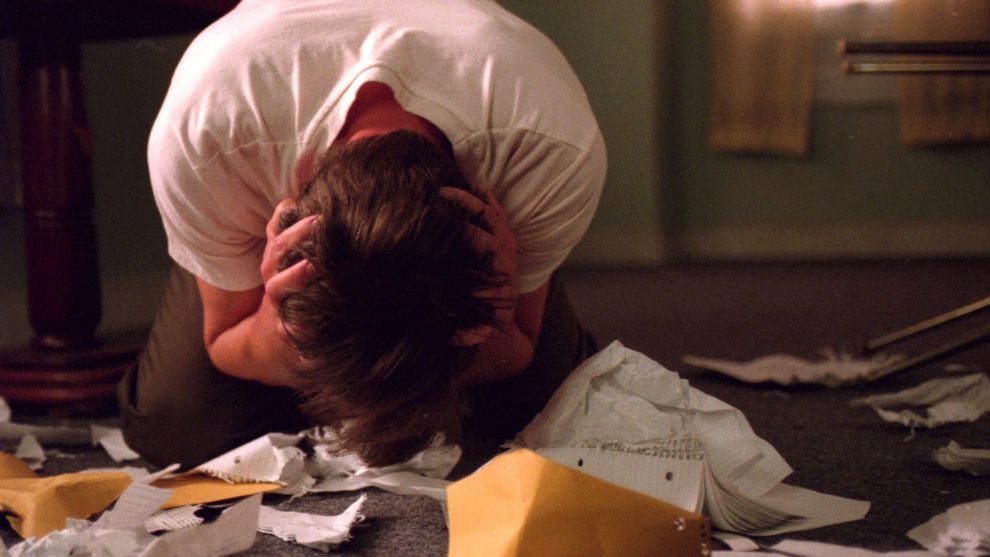
Here’s a simple trick to spend less: Use pen and paper to record your spending. Seeing the numbers in black and white is a powerful motivator for change.
People protest that they have unusual expenses that month. Yet this retro technique will spark creative financial improvements — no matter the month.
At a time when 25% of Americans do not have any retirement savings and most do not have $400 saved for emergencies, taking the time to write down a $3 parking fee may seem paltry and silly. However, this small change goes a long way in improving your financial choices.
My client Marianne struggled to figure out why she why she couldn’t shake off credit-card debt She had a good salary, travelled somewhere warm once a year but was not extravagant. She wanted to save for the future but always felt poor and debt-ridden.
I asked her to write down what she spent over the coming month. At the next meeting we reviewed her spending. No judgment, no comments, just the numbers she had written down. We put everything in a category, such as eating out, groceries, coffee, entertainment, clothes, rent and gas. Next, I totaled the numbers. Marianne looked it over and said, “That looks about right.”
From her monthly pay stub, I wrote down her income. I subtracted the spending from the income and there it was: $495 in the hole. Without a comment, I turned the paper toward her. She was stunned. “I overspend!” she exclaimed. “Every single month like this! No wonder I have credit-card debt.”
Marianne agreed to leave her credit card at home and mostly use cash. She committed to getting out of debt. She had a few sidesteps along the way, but always returned to her plan. She made small changes: shopping less, returning more impulse purchases and eating at home regularly. A decade later, she owned her own home and had built a nest egg for retirement.
Despite my urging to view their spending in black and white, one young couple protested. “All our information is online. We know how much we spend,” they said. I begged to differ, repeatedly explaining categories are lumped together and how the money was being spent was not totally transparent. Finally, after several meetings focused on improving their stressful financial communications, I asked them to “humor” me.
They reluctantly went retro and quickly discovered why the minutiae mattered. Every morning they each spent $7 on coffee. Seeing this financial fact in black and white changed their behavior. They decided to buy a beautiful higher-end coffee maker for home and two travel mugs. Their bank balance quickly revealed the behavior change.
The couple then went a step further and created a separate checking account — for rent, utilities and their cay payment. Then they each took a fixed amount monthly from their original checking account and made joint spending decisions with the balance. With this solid tracking information, they lived in real financial time. They became so excited by their new understanding and felt empowered around money.
Taking the effort to write down what you spend is an emotional task as well as an operational activity. Financial issues sometimes cover earlier traumas or mental health issues. If your unease around this goes beyond “math anxiety” or you feel paralyzed, you may need to explore further with a financial planner or a financial therapist. Your finances will thank you many times over.
Why is the simple act of writing down spending so powerful, even more powerful than tracking spending on an app? MRI testing has proven that writing by hand creates a stronger connection. The cognitive connection results in deeper processing and improved retention of information.
Try it. Carry a pen and paper in your wallet for a week or, better yet, a month. As you spend, write down on what. Include online purchases, the $3 for the parking meter and the $30 you contributed to your friends’ gift over Venmo.
You do not have to be perfect at this task. You just have to do it. Not forever. Just temporarily. If some spending slips through the cracks, do not worry.
This approach is free — no special tools needed. The view in black and white is a nearly effortless way to connect with your finances and improve your daily choices.
Consciousness awareness of your spending is a powerful catalyst for change, healthier finances and greater peace of mind. Best of all, you will save money.
CD Moriarty is a Vermont-based Certified Financial Planner who wants to create financial peace of mind for others.






